There was a time when the term “cultural heritage” was restricted to collections of objects or monuments, but in recent decades we have seen a great shift by UNESCO.
Today, we live in a world where cultural heritage includes living expressions or traditions that go back hundreds of years. Anything that has been passed down on to us by our descendants from performing arts, oral traditions, social practices, knowledge, and practices that concern the universe or nature, festive events, to the skill and knowledge required to produce traditional crafts.
With the world moving forward at a fast pace it’s crucial to notice and celebrate intangible cultural heritage as well. As it can help us maintain cultural diversity, boost cultural practices, and most importantly to help us understand and respect everyone’s way of life.
Intangible Cultural Heritage includes:
- Traditional – Contemporary & Living
- Representative
- Inclusive
- Community Based
UNESCO Intangible Cultural Heritage In Iran
Radif
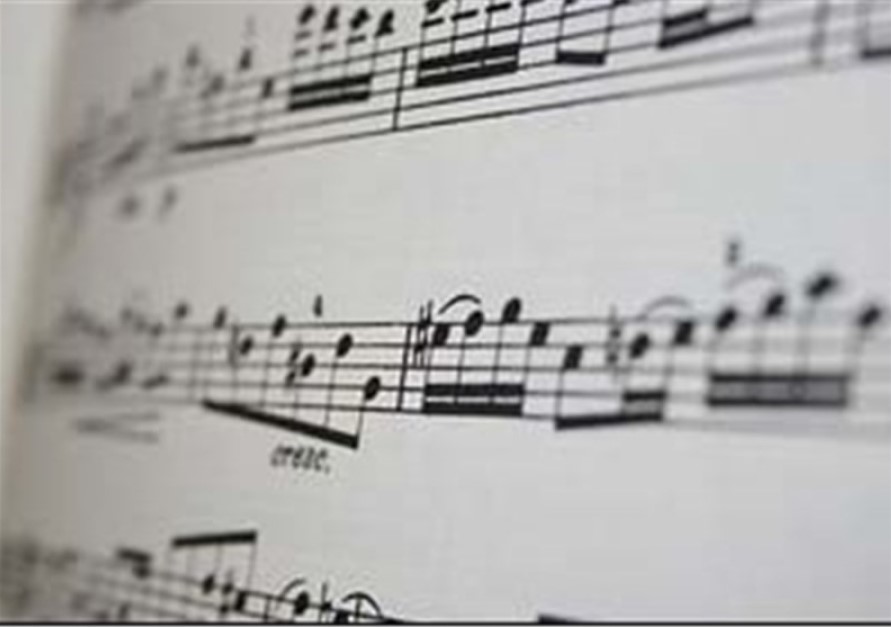
In the Persian language Radif means “order”, and when talking about music Radif is a collection of melodic tunes/figures that have been passed down generations. It is considered to be one of the many reasons why Persian music has survived and made its way through the decades. Ancient Iran was said to be rich in music and considered music to be a set of three. The set included sections of ritual, martial music, and lyrics. Conveying not just words or feelings, but offering a set that cannot be held back by any barriers.
Kashan Carpet Weaving
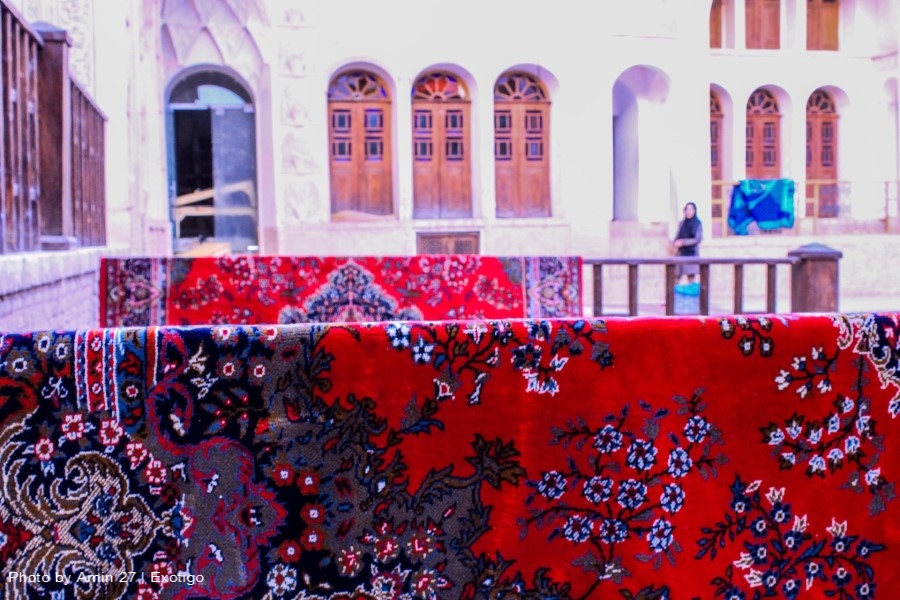
Locals have been weaving carpets for centuries, and even crafted pieces that are noted for their exceptional composure. What makes it more interesting is the fact that every city in Iran has a different weaving style, while the Kashi people (residents of Kashan) have come up with a completely unique carpet weaving style. One that is passed on to kids in every generation so they can keep the system going.
Bakhshi Music of Khorasan
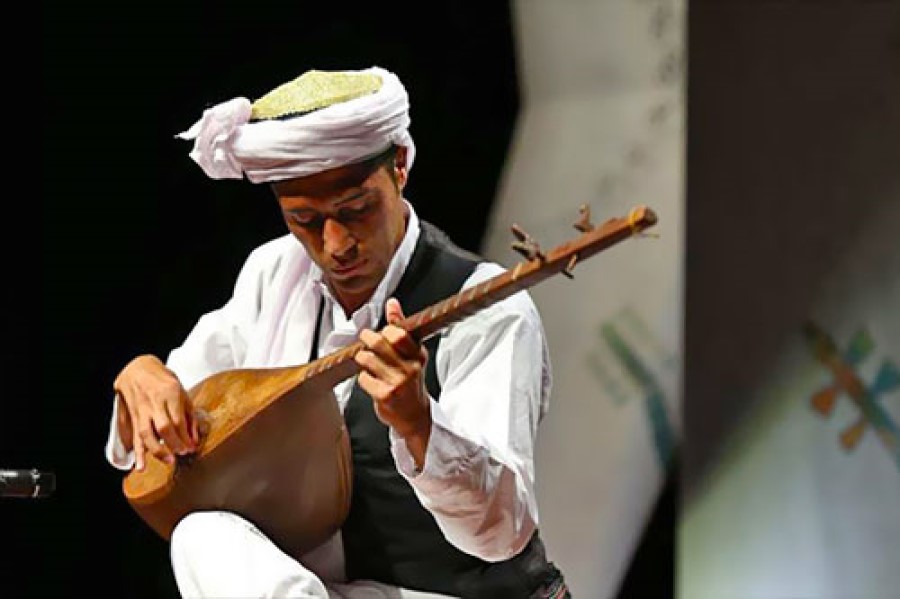
Khorasan is located in the northeast of Iran and is mostly comprised of Turk and Kurd immigrants. These immigrants brought their own set of traditions to the table, one of which is their music. Bakhshi music is divided into three parts the Asheghha, Bakhshiha, and Lutiha. The music is said to be a part of their nomadic culture, history, religious, and social values. Blessed by God they bring you exceptional music that can heal your body, mind, and soul.
Zoorkhaneh
The first Zoorkhaneh was built approximately 700 years ago by Iranian hero Pooriya-ye-Vali. However, history shows that working out and keeping up with healthy routines goes back to ancient times. However, once the Zoorkhaneh was built it was set for men to build their bodies, but the process in itself is said to be a beautiful performance that is not to be missed.
Ta’zieh
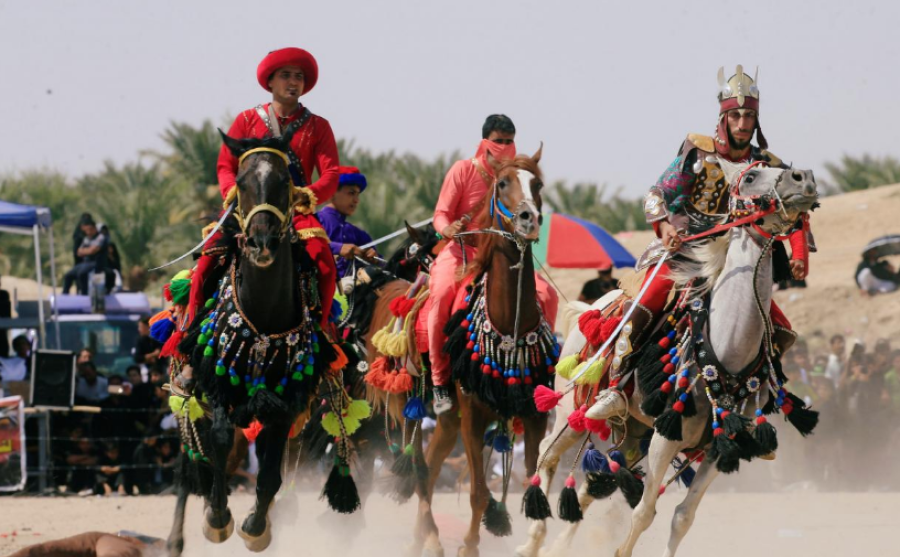
A passionate play that is set to mourn the tragic death of Imam of Shi’as Hussain, his family, and his companions. The play takes you through ten days during which Imam Hussain, his family, and friends were martyred. You can catch Taziyeh being performed in local theaters and even on street corners.
Read also: All 26 UNESCO Heritage sites in Iran
Nowruz
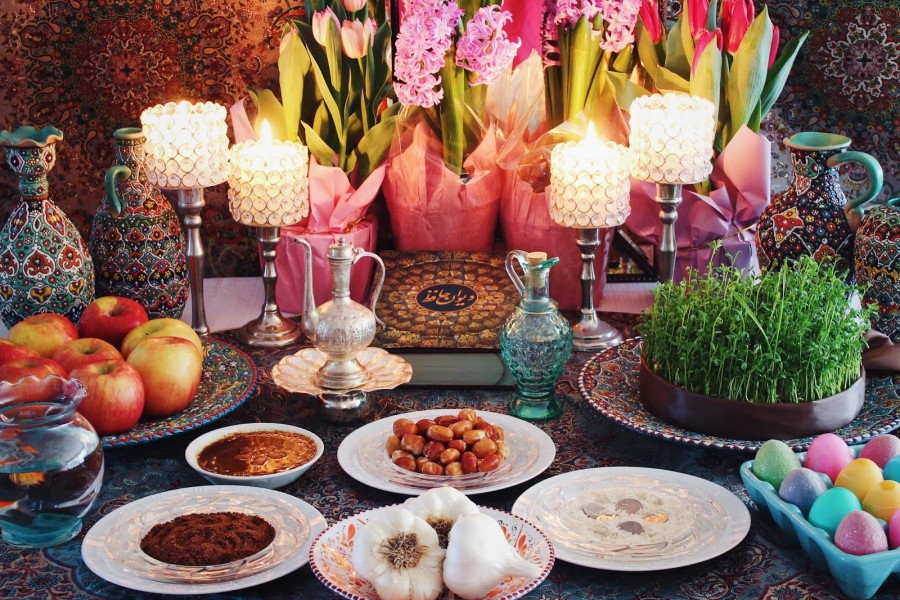
Every spring season Iranians enjoy a two-week period where they enjoy old customs and traditions set by their ancestors. Nowruz is said to celebrate life and a new year, the moment where you come out of the harsh winter season and step into the blooming spring. A joyous occasion that is celebrated around the world at the same time, so everyone can enjoy the turning moment.

